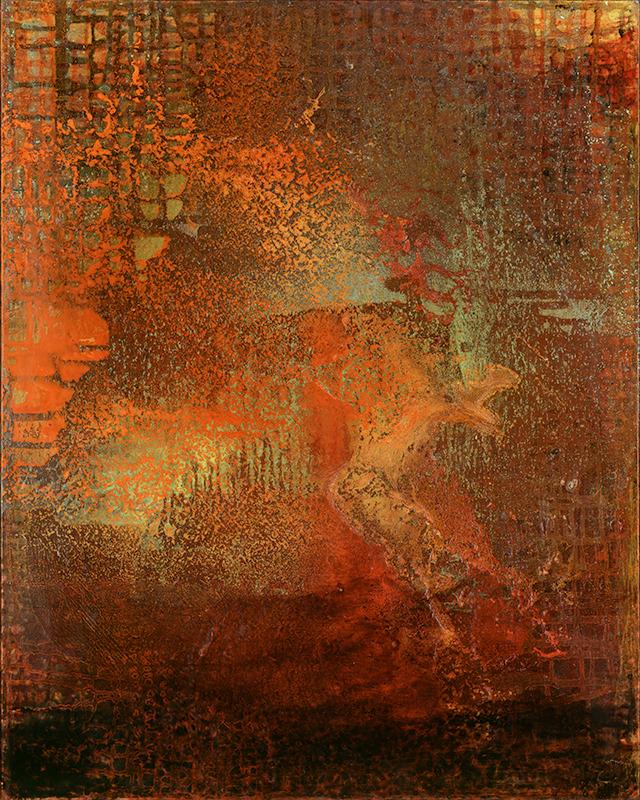The most important guests in our lives may not be those we invite but those, both people and experiences, that show up unexpectedly. View the study sheet here. Watch the recording here.

By the time you read this there will have been at least some races called in the 2022 midterm elections. And then will begin the analysis: Who won? Who lost? The results will sharpen for some a sense of triumphant victory, and for others a sense of despairing defeat. The public discussion will emphasize and add to seemingly intractable divisions that follow and haunt us at our work, our neighborhoods, and even, for some, at our dinner tables. But what if there was more of a choice than “it’s either you or me”? “Us” sounds like a nice harmonious resolution. What if there was an option that even went beyond “us”?
Yari Ostovany was born in Iran in 1962. He moved to the United States at age 16 to study art, receiving his MFA in 1995 from the San Francisco Art Institute. The artist who most influenced Ostovany is one whom most painters had moved beyond by the time Ostovany began his career: Mark Rothko. He shares with Rothko a paradoxical embrace of both physical presence and spiritual transcendence. Color is elemental but not overpowering. Light and nuance of transitions hint at the existence of other dimensions. Ostovany embraces the Western genre of Abstract Expression while proudly translating it through the mystery and poetry of Persia. He exhibits in both the United States and Iran. And he exhibits in himself both cultures. And more.
The piece shown here, Rumi/Shams, is part of a series entitled “The Third Script.” The inspiration for the series is an encounter between the 13th century Persian Sufi mystic and poet Rumi and the dervish Shams-e Tabrizi. Shams-e had written: “The writing comes in three scripts. One that he alone can read. One that he and others can read. And one that neither he nor anyone else can read. I am that third script.” Ostovany writes, “For Rumi this was an event that set his soul on fire; it was Shams-e who freed the molten lava of poetry within him. Rumi and Shams-e found in each other the indescribable third script, which cannot be understood by mind but only known as its presence is felt.”
Ostovany explains that “the Third Script is part of the quest for the otherness of the other, which must not be mistaken for the quest for the alternative or that of the hybrid.” It is neither you nor me nor us. It is “the presence of the unreadable.” Rumi and Shams-e meet. They merge. They separate, each transformed. They remain individuated. And something additional that never existed, something more than just the two of them, is now present in the world.
As a painter, Ostovany seeks to give expression to that experience of barriers crossed, of a birthing. “I approach painting as the visual evidence of, and not a report on, an experience; not a representation of spiritual energy but a translation of it into light and texture, navigating the space between stasis and movement, between emergence and disappearance.”
In Parshat Vayera (“and H/he appeared”), Torah is not reporting an event. It is “painting evidence of an experience.” That experience involves an encounter between Abraham and God, an experience that immediately evolves into three beings appearing to Abraham. A third evolution of the encounter is a dialogue between Abraham and God about the fate of Sodom and Gomorrah, with Abraham and God each testing the other. Could Torah daringly be hinting that not only the human but also the Source of all might be transformed as a result?
Ostovany is a traveler who lives “in the space between two cultures.” He is “interested in investigating the nomadic in-between spaces: between emergence and disappearance, the solid and the void.” Abraham models for us what it means to be a nomad: not only to ever be on the way but also to explore what lies between presence and absence. When we are open to that, we are presented with experiences that travel into our lives. If we welcome them, all will be transformed. We, them, and the universe itself.
Join us here at 7:00 p.m. (PT) Thursday November 10 as we explore the third script.








